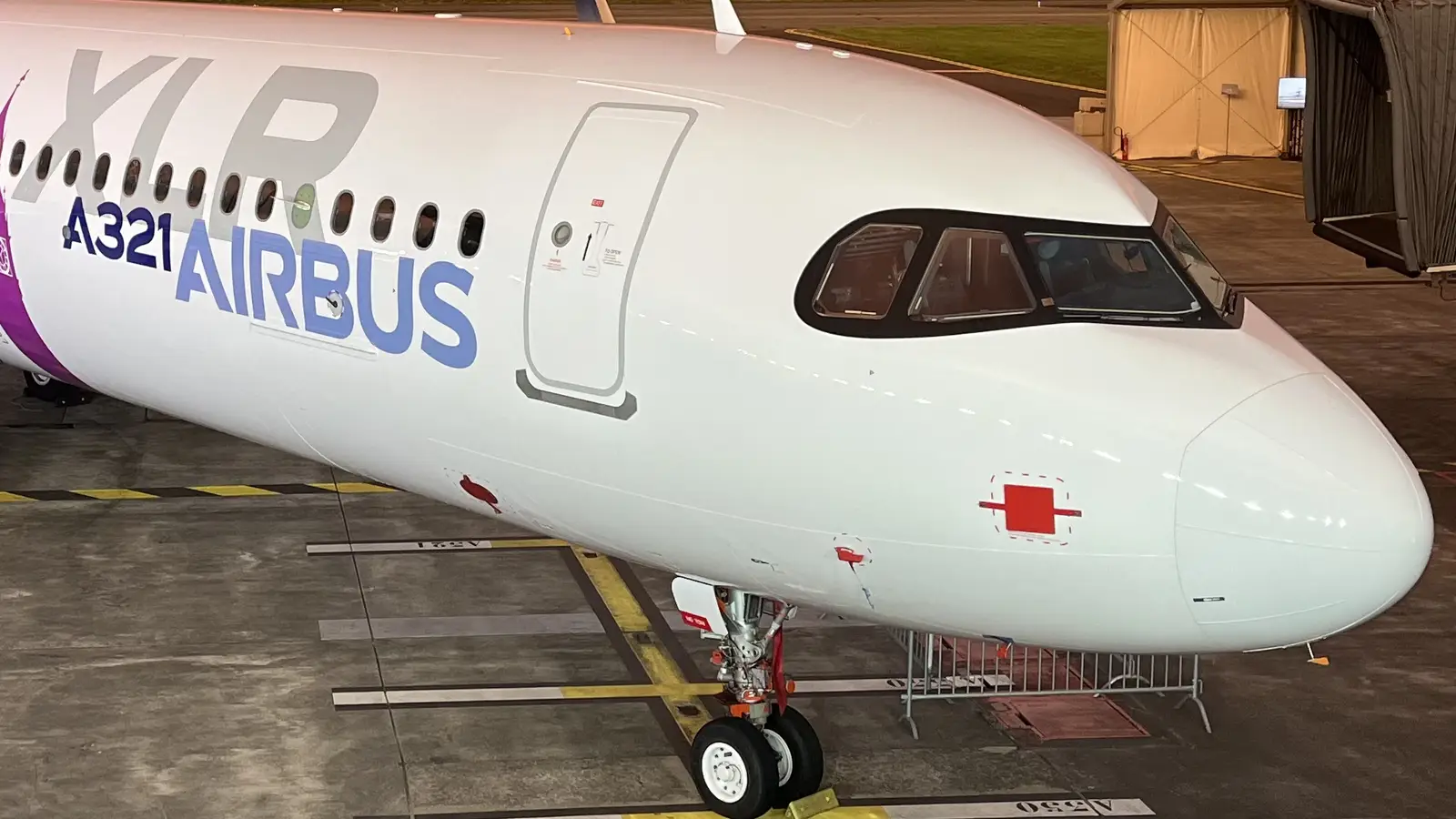
Air Canada’s European plans for its incoming Airbus A321XLRs continue to be released. As of September 24, four European routes are known: Montreal to Dublin, Edinburgh, Palma de Mallorca, and Toulouse. The Irish capital is the most recent disclosure. Of course, more places will be drip-fed.
The Star Alliance member has firm orders for 30 A321XLRs, with delivery slated for between 2026 and 2028. Up to ten frames are expected to arrive in 2026. The aircraft will have a relatively high-capacity layout, featuring 182 seats: 14 fully flat business seats (1-1) and 168 seats in economy (3-3). Once the carrier’s Boeing 737 MAX 8s go to Rouge, the A321XLR will be the parent’s only long-haul narrowbody equipment. When that happens, the 255-seat 787-8 will be mainline’s next lowest-capacity aircraft.
Transatlantic Liftoff Planned For May 15
The first aircraft are due to arrive in Canada in the first quarter of 2026, all of which will be leased. As with other carriers, they’ll initially be flown on shorter routes. When writing, and subject to change, they are first due to carry passengers across the Atlantic on May 15. Initial routes include Montreal to Dublin, with the A321XLR added to that airport pair in Air Canada’s latest schedule submission to Cirium Diio.
The quartet of routes indicates some of the roles of the A321XLR. They include opening brand-new thin markets and right-sizing capacity fully or at less busy times of the year. The latter may enable higher frequencies and therefore greater competitiveness and market share, or—if the same frequency—higher loads, unit revenue, and overall performance.
Might These European Routes Switch To The A321XLR?
Earlier this year, Air Canada’s Alexandre Lefèvre, VP of Network Planning & Scheduling, said that right-sizing routes will be particularly important at the start. Perhaps Montreal-Porto flights could switch from the 285-seat A330-300 to the A321XLR. Covering 2,780 nautical miles each way, the first flight only occurred in 2025. The A321XLR might also be suited to replacing the 787-8 to Copenhagen, which is 3,142 nautical miles away and which will run three times weekly.
Using the A321XLR instead of the A330-300 (as is planned for 2026) on Ottawa-London Heathrow might seem fairly obvious, assuming additional premium cabins on the route from Canada’s capital are not required. Subject to Heathrow slots, frequencies could rise from three times weekly. Given the UK Civil Aviation Authority shows loads of 94% in July, that might be good. Moreover, it could become year-round rather than seasonal.
What New Montreal-Europe Routes Could The A321XLR Begin?
Iberia was the launch customer of the A321XLR. The Spanish flag carrier said that a realistic maximum range of 3,920 nautical miles is possible (all four of Air Canada’s initial European routes are well under that range). This assumes multiple things, including the number of seats and using aircraft without the MTOW of 101 tons (and therefore lower fuel capacity and range). Air Canada’s A321XLRs will have 182 seats—the same as Iberia’s.
Air Canada’s frames will, in time, be flown from various Canadian hubs and airports. However, let’s focus on possible markets from Montreal. What about, say, Montreal to Berlin, Hamburg, Manchester, Pisa (for Florence/Tuscany), or Prague? All are within 3,920 nautical miles, and all have notably more existing local traffic than the carrier’s upcoming Palma de Mallorca service. Manchester has one of the highest traffic volumes and average fare, along with the shortest distance.
Hamburg has the highest fare of all those examples, but—despite that—no North American service at all since United ended Newark service in 2016. Given the penchant for Southern European markets nowadays, perhaps Pisa for Florence and Tuscany is a better bet. It has no North American service since Delta ceased JFK flights in 2016.



